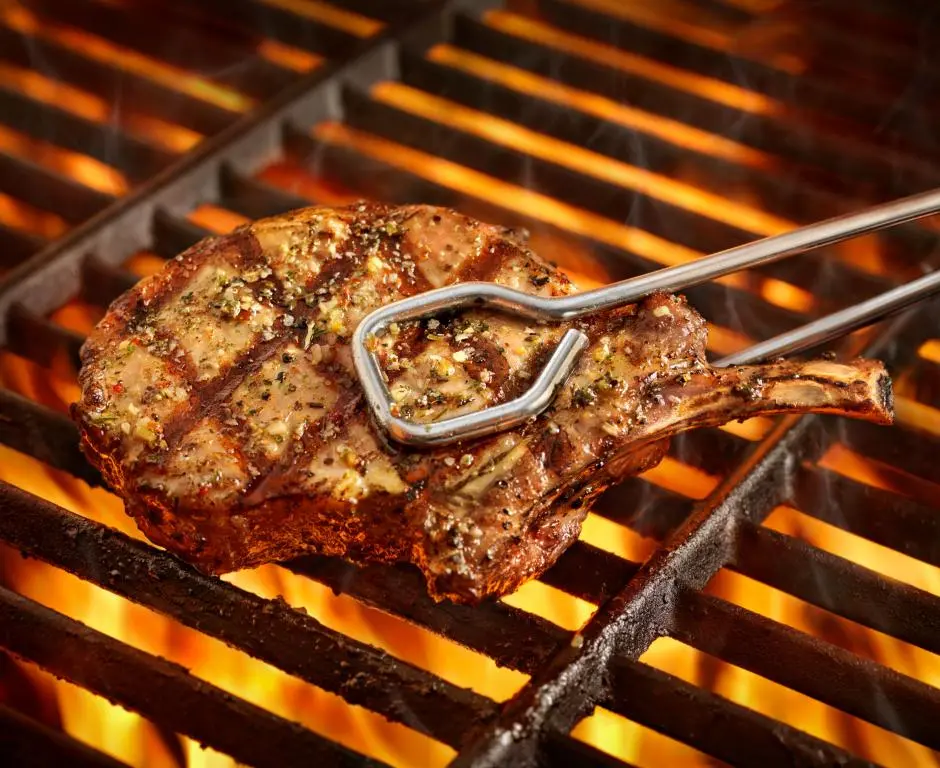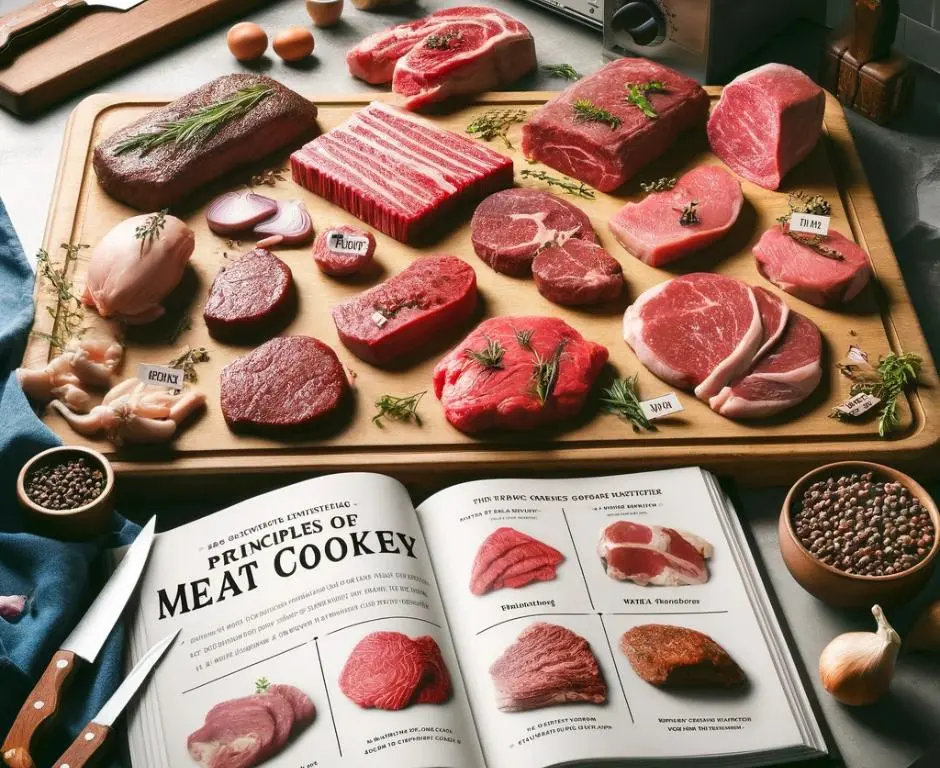Cooking meat perfectly is an art that enhances its flavor, texture, and juiciness. Understanding the principles of meat cookery can transform simple ingredients into culinary masterpieces.
In this guide, we will explore essential techniques including how high heat develops flavor, how low heat preserves moisture, matching the cut to the cooking method, and why resting meat is essential. These principles ensure that whether you’re grilling, roasting, or simmering, the results are consistently delightful.
In our comprehensive guide, “How to Cook Meat—Cut by Cut,” we will explore various cooking methods. Follow along to discover the optimal ways to prepare each type of meat cut.
High Heat Develops Flavor
When meats are cooked at high temperatures, complex chemical reactions occur, most notably the Maillard reaction. This reaction between amino acids and reducing sugars gives browned foods their distinctive flavor and color.
For instance, searing steak or roasting chicken at high heat not only imparts a rich, caramelized exterior but also intensifies the meat’s flavor. Grilling and broiling are ideal methods for achieving this effect, enhancing the eating experience through both taste and aroma.

Low Heat Preserves Moisture
Cooking meat at lower temperatures is a surefire way to preserve its inherent moisture, resulting in tender and juicy dishes. Techniques like slow roasting, braising, and stewing allow heat to penetrate the meat gently, reducing the risk of drying out.
This method is particularly beneficial for tougher cuts such as brisket or pork shoulder, which require extended cooking times to break down connective tissues while maintaining moisture.
Match the Cut to the Cooking Method
Selecting the appropriate cooking method for different meat cuts is crucial for optimal texture and flavor. Tender cuts like filet mignon or ribeye are best suited for quick, high-heat cooking methods such as grilling or pan-frying.
Conversely, tougher cuts like chuck or lamb shank excel with slow-cooking methods that tenderize the meat over time. Understanding these pairings ensures that each piece of meat is cooked in a way that brings out its best qualities.
Why Resting Meat Is Essential
Allowing meat to rest after cooking is a vital step that should not be overlooked. Resting meat allows the juices to redistribute throughout the cut, ensuring that these juices are retained when the meat is finally sliced.
Typically, a rest period of 5 to 10 minutes is sufficient for steaks and small cuts. For a larger roasts might benefit from up to 20 minutes. This simple practice can make the difference between a good dish and a great one.

Doneness Temperatures for Meat, Poultry, and Fish
Understanding the correct internal temperatures for meat, poultry, and fish ensures not only safe eating but also optimal taste and texture. Below is a table with recommended temperatures for various doneness levels, listed in both Fahrenheit and Celsius:
| Meat Type | Rare (°F/°C) | Medium-Rare (°F/°C) | Medium (°F/°C) | Well-Done (°F/°C) |
|---|---|---|---|---|
| Beef, Lamb, Veal | 125/52 | 135/57 | 145/63 | 160/71 |
| Pork | – | – | 145/63 | 160/71 |
| Poultry | – | – | 165/74 | 165/74 |
| Fish | – | – | 145/63 | – |
These temperatures are critical for achieving your desired level of doneness while ensuring food safety. Always use a meat thermometer to check these temperatures accurately.
Conclusion
Mastering these principles of meat cookery will significantly enhance your cooking.
How to cook food in your business to kill harmful bacteria and prevent food poisoning? Here is in the blog Cooking safely in your business by food agency gov.
